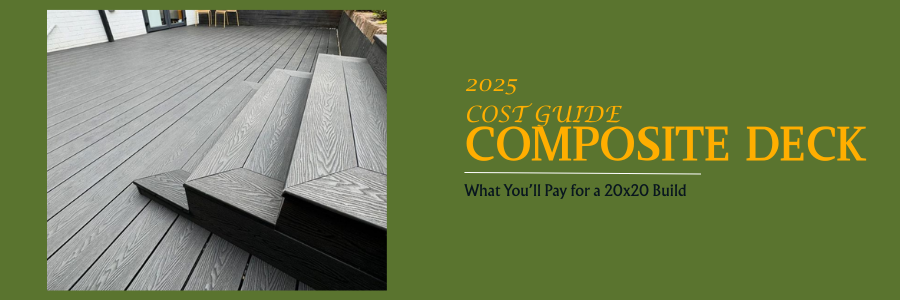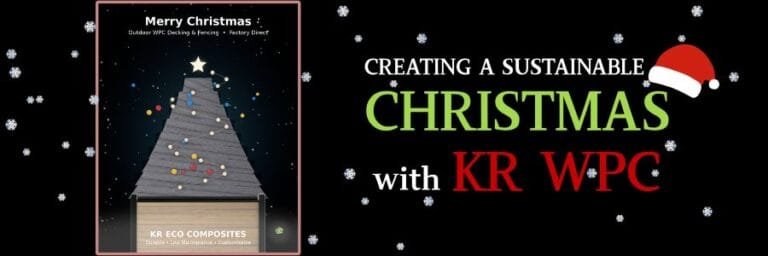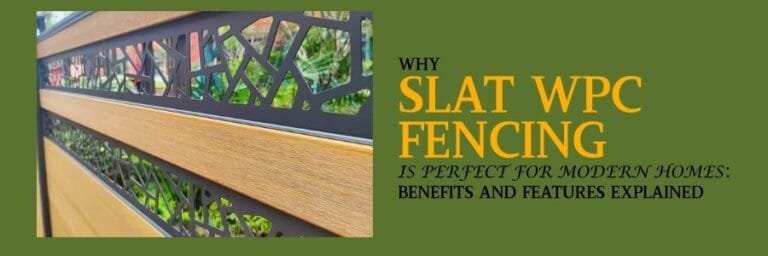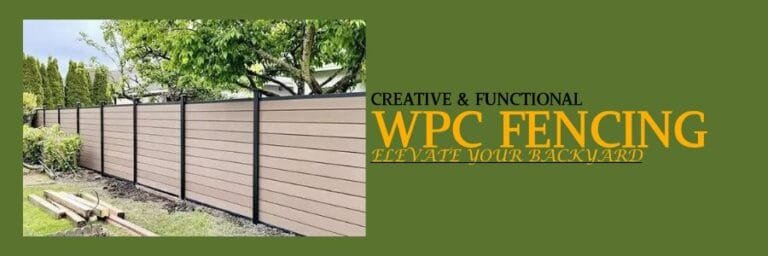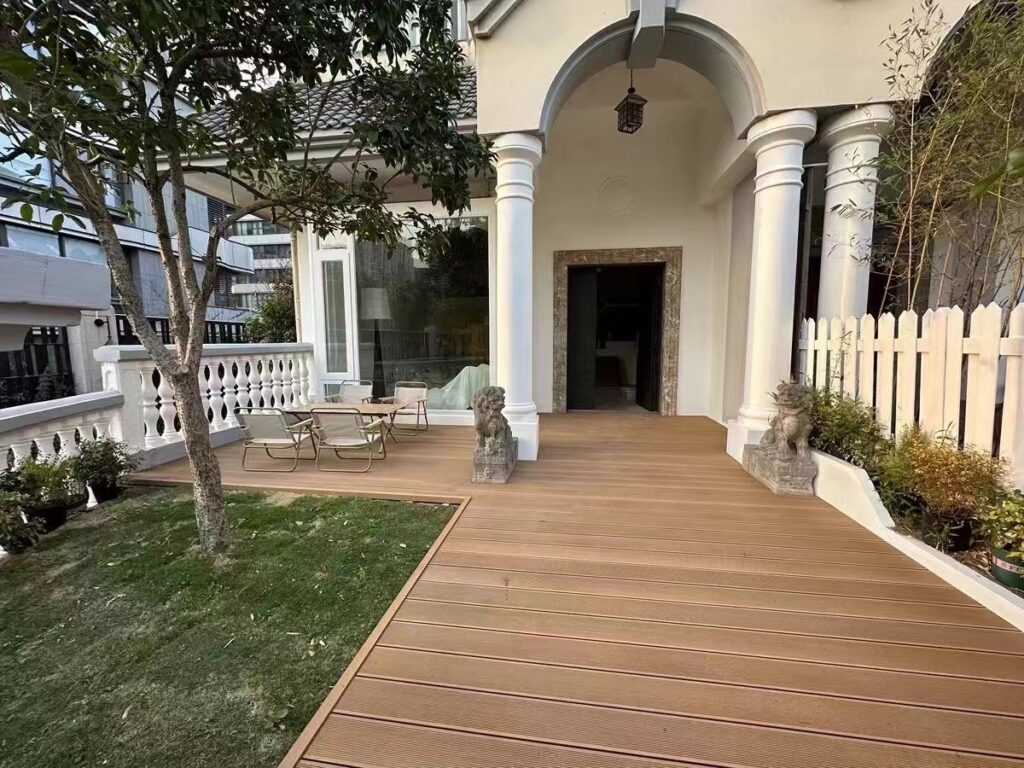
If you’re thinking about building a composite deck in 2025, you’re not alone. Almost half of all new decks built today use composite materials.
Why? Because they last a long time, look great, and need much less upkeep than traditional wood.
On average, a composite deck costs between $40 and $80 per square foot for both materials and labor. For a standard 20′ × 20′ deck (about 400 square feet), that usually means spending between $16,000 and $32,000.
The cost will depend on things like the brand you choose, your location, and how complex your design is. Studies show materials alone often run $16 to $32 per square foot, while installation can add $24 to $48 per square foot.
By understanding what goes into these costs, you can budget confidently and build an outdoor space you’ll enjoy for years.
Why a 20×20 Deck is a Popular Choice in 2025?
A 20×20 deck, about 400 square feet, has become a sweet spot for many homeowners in 2025. It’s large enough to fit all the essentials for outdoor living, yet not so big that it takes over the entire yard.
This size strikes a balance between comfort, function, and cost, making it a smart choice for a wide range of home styles and budgets.
Functional Versatility for Modern Homes
With 400 square feet of space, a 20×20 deck offers plenty of room to create different zones for relaxing, dining, and entertaining. For example, you could have a cozy lounge area with outdoor sofas on one side, a dining table for six in the center, and a small grill station in the corner.
Families often use this size deck for weekend barbecues, game nights under string lights, or simply enjoying morning coffee outdoors.
Because it’s not overly large, it still leaves space in the yard for a garden, play area, or green lawn, keeping the outdoor space balanced and inviting.
Composite Decking: A Long-Term Value Choice
Choosing composite materials for your 20×20 deck can save you time and money in the long run. Unlike traditional wood, composite decking doesn’t need yearly staining, sealing, or painting.
It’s resistant to rot, fading, and insect damage, which means it can last 25 years or more with minimal upkeep.
For example, instead of spending weekends sanding and sealing boards, you can simply wash the deck with soap and water a few times a year.
While the upfront cost is higher than wood, the reduced maintenance and longer lifespan make composite a smart investment for homeowners who want a beautiful, hassle-free outdoor space.
Key Factors That Impact the Total Cost
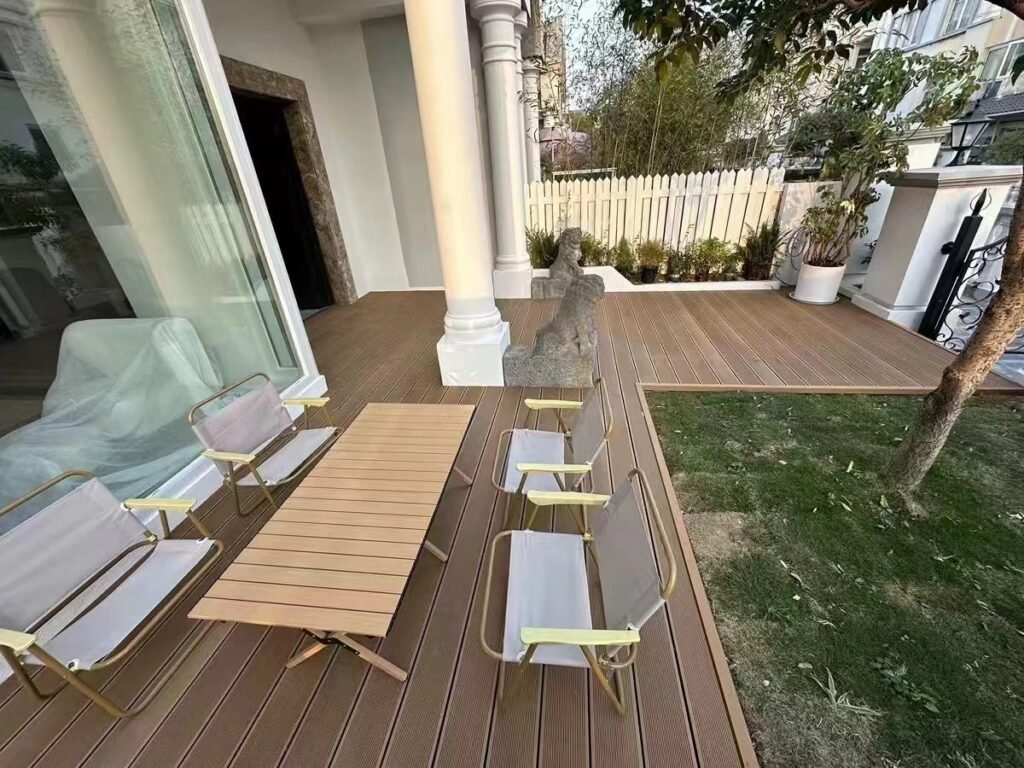
When building a 20×20 composite deck, the final price isn’t just about the size, it’s influenced by what materials you pick, how the structure is built, the labor needed, and any extra features you add.
Here are some of the factors that will help you budget more accurately and avoid surprises along the way.
Material Selection and Board Type
Your choice of decking boards can have one of the biggest effects on your budget. Composite boards come in different quality levels and designs.
Composite boards come in different types, each affecting cost and performance. Co-extruded boards have a protective cap that resists fading, stains, and moisture, making them longer-lasting but more expensive.
First-generation WPC boards lack this cap, so they’re cheaper but may wear out faster. Solid boards are heavy, durable, and great for long-term use, though they cost more to buy and install. Hollow-core boards are lighter and more affordable, but they can feel less sturdy and be more vulnerable in harsh conditions.
For example, choosing solid, co-extruded boards from a premium brand might cost more upfront but could save you from early replacement or repairs later.
Deck Substructure and Framing Needs
The substructure is the skeleton of your deck: the joists, posts, and beams that hold everything up. A strong foundation is essential for safety and longevity, but the work involved can vary depending on your yard’s condition.
- If your yard is uneven, you may need slope correction or extra ground prep.
- Areas with poor soil drainage might require deeper posts or more footings to keep the deck stable.
- Using stronger framing materials (like pressure-treated lumber or steel) can improve durability but will raise costs.
For example, a deck built on flat, stable ground will cost less to frame than one on a sloped yard that needs retaining walls or extra supports.
Labor and Installation Costs
Labor costs depend on where you live, the skill level of the installer, and how complex your deck design is.
- In areas with higher living costs, labor rates can be significantly more expensive.
- A simple square deck is faster and cheaper to install than a multi-level deck with curves or custom patterns.
- Some composite decking brands require special tools or installation techniques, which can add time and cost.
For instance, hiring an experienced composite deck installer might cost more per hour, but they can ensure proper installation—reducing the risk of problems down the road.
Add-Ons and Finishing Touches
Extra features can take your deck from basic to beautiful, but they also add to the final bill.
- Railings can be made from matching composite materials for a uniform look, or from metal for a modern touch.
- Lighting (such as step lights or post cap lights) improves safety and ambiance.
- Steps and stairs add convenience but require more labor and materials.
- Custom edging and hidden fasteners make the deck look cleaner but are pricier than standard screws.
For example, adding a built-in bench and low-voltage lighting might add a few thousand dollars, but it can make your deck much more functional and inviting.
What Affects the Cost of a 20×20 Composite Deck in 2025
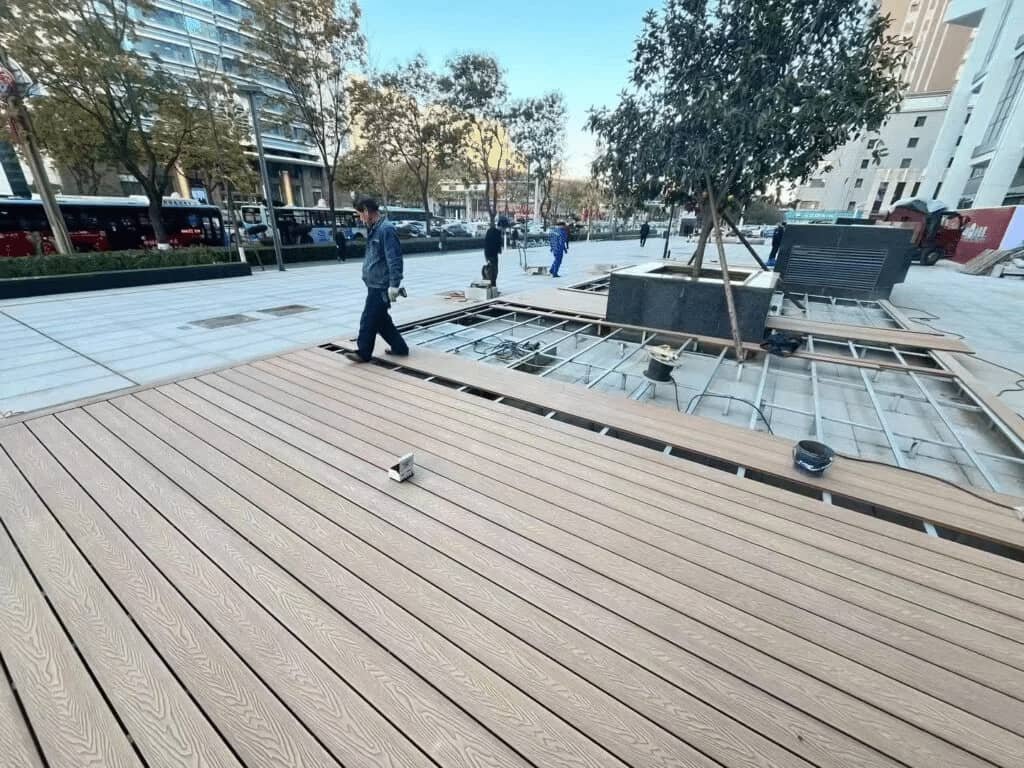
Building a composite deck isn’t just about buying boards and screwing them into place. The total price depends on the type of boards you choose, how you want your deck to look, the work needed to prepare the site, and even where you live.
Let’s break these factors down in simple terms so you know exactly what’s driving the cost.
WPC Board Quality and Performance Grade
Not all composite boards are made the same. Some are built to last longer, hold color better, and resist wear, but these upgrades come with a higher price tag.
- Co-extruded boards (also called capped boards) have a protective outer shell that shields them from UV rays, stains, and scratches. This “cap” helps the deck look newer for longer, especially in sunny or high-traffic areas. They cost more than older, first-generation boards but pay off in durability and low upkeep.
- First-generation boards are solid composite without the protective cap. They’re usually cheaper upfront, but can fade or stain faster.
- Solid-core boards are heavier, sturdier, and handle heavy use better. Great for longevity, but harder to move and more expensive to buy.
- Hollow-core boards are lighter and easier to handle. They cost less but may feel less solid underfoot and be more vulnerable to damage in certain climates.
Think of it like buying shoes, budget sneakers might work for now, but a high-quality pair lasts longer and stays looking good.
Design Complexity and Layout
The shape and style of your deck can make a big difference in cost. A plain, rectangular deck is the easiest and cheapest to build because it uses standard cuts and straightforward framing. Once you start adding design details, both the labor and material costs can climb.
For example:
- A multi-level deck needs extra framing, posts, and stairs.
- Curved designs require custom-cut boards and more precise labor.
- Decorative layouts like herringbone patterns, picture-frame borders, or built-in benches add style but also more time and materials.
In short: the fancier the design, the more you’ll spend. That’s not a bad thing—it just means you should balance your “wow” factor with your budget.
Site Preparation Needs
Before you can build a deck, the ground needs to be ready for it. This is where site prep comes in, and it can make a noticeable difference in your final bill.
If your yard is flat and stable, the prep might be quick and cheap. But if you’re working with a slope, rocky ground, or poor drainage, more work is needed. That could include:
- Leveling uneven ground
- Adding gravel or concrete footings for stability
- Improving drainage to prevent water pooling under the deck
- Reinforcing the subframe for elevated or sloped decks
Regional Pricing and Labor Availability
In busy urban areas where demand for skilled contractors is high, both labor and material costs can run higher than in rural areas. Importing materials into remote regions can also raise prices due to shipping.
Seasonal demand matters too. Spring and summer are peak times for deck building, which can mean higher rates or longer wait times for an available crew.
If you want to save, consider booking your project in the off-season (late fall or winter in most regions) when contractors may offer better rates to fill their schedules.
Saving Smart: How to Reduce Costs Without Compromising Quality
Choose the Right WPC Tier for Your Needs
Not every deck requires premium, co-extruded boards. Solid core WPC is highly durable and fade-resistant, but entry- or mid-tier options can still provide excellent performance for lighter-use spaces like small patios or balconies.
Consider factors like foot traffic, exposure to sun, and desired lifespan before choosing. For example, if your deck is shaded and used occasionally, you might not need the most expensive UV-resistant model.
Go With Efficient, Low-Waste Layouts
A smart layout can save up to 10–15% in material costs. Plan board lengths and directions to minimize offcuts. Align your design with standard board sizes (e.g., 2.2m or 2.9m) to avoid waste.
For larger projects, a staggered joint pattern can make shorter boards work seamlessly while cutting down on scrap.
Consider DIY or Semi-DIY Options
Labor can make up 40–60% of total deck cost. A semi-DIY approach where you hire a professional to build the subframe but install the boards yourself, can save thousands.
Many WPC brands now offer click-lock systems that require minimal tools and make board installation faster and easier, even for first-time builders.
Just ensure your frame is built to proper specs so your warranty stays valid.
Side-by-Side Comparison of Cost and Value of Composite Decking vs. Traditional Decking
| Feature | Composite Decking | Traditional Wood Decking |
| Initial Cost | $5 – $13 / sq ft | $2 – $6 / sq ft (PT wood) $6 – $12 / sq ft (cedar/redwood) |
| Maintenance Needs | Wash with soap and water; no staining or sealing | Annual staining, sealing, or painting ($300–$800/year) |
| Lifespan | 25 – 30+ years | 10 – 15 years |
| Weather Resistance | High (resists rot, fading, insects) | Medium to low; vulnerable to rot, warping, and pests |
| Long-Term Cost | Higher upfront but lower over time | Lower upfront but higher over time due to maintenance and replacement |
| Appearance Over Time | Holds color and finish for decades | Fades and weathers without regular upkeep |
Why Choose KR WPC for Your Decking Project?
At KR, we take pride in offering high-quality WPC decking that combines style, durability, and value.
Our competitive and transparent pricing ensures you know exactly what you are paying for without hidden costs, giving you confidence in your investment.
We provide a wide variety of styles and surface finishes to suit any design preference, whether you are aiming for a modern, rustic, or classic look.
In addition to premium products, our team offers professional technical support and guidance to help you select the right materials and ensure proper installation.
With KR WPC, you can expect exceptional quality, reliable service, and a decking solution that will enhance your space for years to come.
FAQ
Is composite decking more expensive than wood?
Yes, composite decking is usually more expensive upfront than wood, but it saves money over time because it needs less maintenance and lasts longer.
What’s the cost difference between hollow and solid WPC boards?
Hollow WPC boards are generally cheaper than solid boards because they use less material and are lighter.
Can I install WPC decking myself to save money?
Yes, you can install WPC decking yourself if you have basic tools and DIY skills, which can help reduce labor costs.
Does WPC decking add resale value to my home?
Yes, WPC decking can add resale value to your home by improving its appearance and offering a durable, low-maintenance outdoor space.
How does KR WPC pricing compare to Trex or other brands?
KR WPC decking is competitively priced and often more affordable than Trex and other premium composite brands while maintaining high quality.

